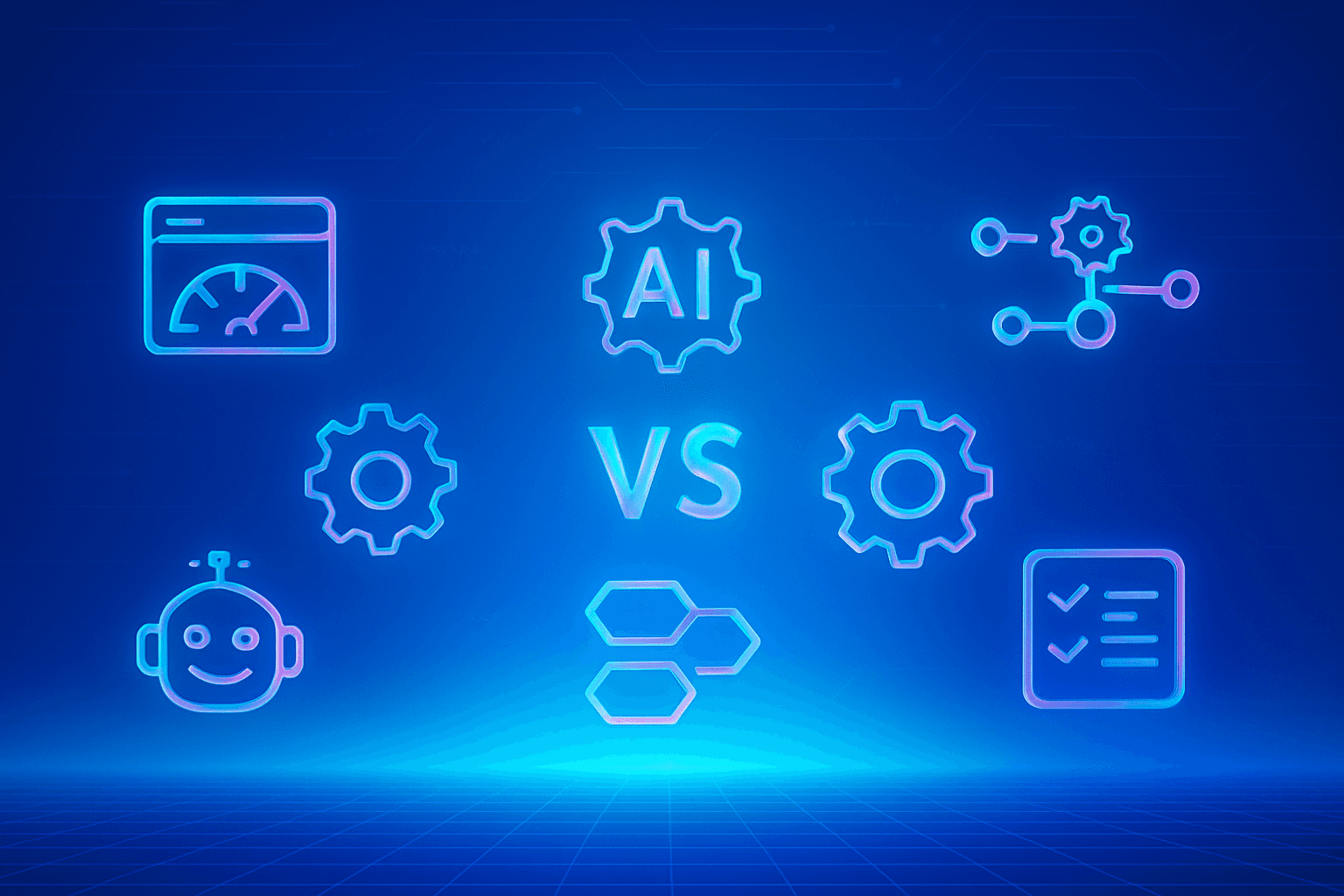Antonio Velkovski
Apr 11, 2025
AI Lead Generation
Why Forward-Thinking B2B Teams Are Using AR and VR to Fill Their Pipeline
Harness AR and VR to create immersive B2B demos that drive lead generation and accelerate pipeline growth.
What if your sales team could immerse prospects in an experience so real, it feels like they’re already using your product?
This isn’t a distant future — it’s happening now.
Forward-thinking B2B teams are harnessing the power of Augmented Reality (AR) and Virtual Reality (VR) to revolutionize lead generation and pipeline growth. These immersive technologies are more than flashy gadgets; they’re transforming how businesses connect with prospects, build trust, and accelerate sales in an increasingly digital-first world.
How AR and VR Are Revolutionizing B2B Lead Generation
AR and VR enable B2B teams to create immersive product experiences that remote demos and static brochures simply can’t match. By allowing prospects to virtually interact with solutions — or visualize their impact in a simulated environment — these technologies dramatically enhance understanding and engagement.
Studies show that 70% of B2B buyers prefer vendors providing virtual demonstrations, and companies leveraging immersive tech see up to a 40% increase in qualified leads entering their sales pipelines. This engagement translates to faster qualification as prospects gain clearer insights into product value, shortening the sales cycle.
Beyond engagement, AR and VR can be personalized to address individual prospect pain points — presenting tailored features or use cases that make outreach hyper-relevant. This personalization drives deeper connections, turning curious prospects into loyal pipeline stakeholders.
The Impact of Immersive Technologies on B2B Sales Conversion Rates
Integration of AR and VR solutions into sales processes has shown measurable success in improving conversion rates. Relevant research shows companies adopting virtual interactive experiences report up to a 35% lift in closing deals compared to traditional demos.
Immersive presentations build trust — prospects can explore products transparently, ask dynamic questions, and see firsthand how offerings solve their unique challenges. This hands-on, authentic experience reduces buyer hesitation and objections, accelerating decision-making.
Additionally, AR and VR foster stronger emotional engagement and confidence in solutions, a crucial factor in complex B2B purchases which often involve multiple stakeholders and longer deliberation. Forward-thinking teams see sustained ROI by incorporating these immersive tools to maximize pipeline velocity and deal size.
Leveraging AR and VR to Enhance B2B Customer Engagement
In a world where customer attention is fleeting, AR and VR deliver memorable, interactive experiences that elevate engagement far beyond conventional methods. From virtual showrooms to interactive walkthroughs, businesses create visual narratives that leave lasting impressions — directly impacting lead quality and nurturing.
Highly tailored immersive experiences allow B2B sellers to address specific customer challenges visually and contextually. This fosters ongoing dialogue, encourages upsell conversations, and deepens long-term relationships. According to industry reports, companies investing in AR/VR-driven engagement see a 25% increase in customer retention and referral rates.
When customers feel truly understood and engaged, loyalty and advocacy flourish — critical ingredients for expansion revenue and sustainable pipeline health.
How B2B Teams Can Overcome AR and VR Adoption Challenges
Despite clear benefits, many B2B teams hesitate over perceived complexity and cost barriers in adopting AR and VR. However, recent innovations are lowering these hurdles — cloud-based solutions and off-the-shelf platforms allow scalable deployments without hefty upfront investments.
Ensuring alignment with existing sales processes is paramount. Successful teams integrate AR/VR into proven sales funnels as supportive engagement tools rather than standalone gimmicks. Training sales staff to confidently use these tools maximizes impact and smooths customer journeys.
With strategic planning and clear ROI targets, AR and VR adoption becomes a manageable and highly rewarding component of modern B2B sales operations.
The Future of B2B Sales: AR and VR as Key Tools for Pipeline Expansion
The B2B sales landscape is evolving rapidly, and immersive technologies like AR and VR will be central to future pipeline success. By enabling richer, personalized buyer experiences, these tools help teams capture attention, nurture stronger connections, and drive measurable growth.
Forward-thinking businesses that embrace AR and VR position themselves at the forefront of innovation, outperforming competitors who rely on traditional, less engaging approaches. The result: fuller pipelines, faster closes, and higher lifetime customer value.
How to Integrate AR and VR into Your B2B Lead Generation Strategy
Identify key use cases where AR/VR can deepen product understanding or solve complex buyer challenges.
Pilot immersive demos and virtual experiences with your highest-potential prospects.
Train your sales and marketing teams to leverage these technologies confidently and strategically.
Measure impact rigorously: track engagement metrics, lead quality improvements, and conversion lifts.
Scale successful AR/VR initiatives to embed them fully into your multi-channel outreach.
By taking these steps, you’ll transform your lead generation engine — turning passive interest into active pipeline growth with AR and VR at the core.
Final Thoughts
The future of B2B sales belongs to teams that use technology not just to inform — but to immerse. AR and VR open new dimensions of engagement, enabling you to create personalized, impactful experiences that shorten sales cycles and boost conversion rates.
Of course, adopting AR and VR comes with challenges — initial investment, integration, and change management — but the ROI from enhanced engagement, faster buying decisions, and higher deal sizes far outweighs the effort.
Start small, experiment, and scale what works. Equip your team with the training and technology needed to harness this potential fully. Your competitors are already exploring these tools — don’t let them outpace you.
Your future pipeline will thank you.
Follow us and don’t miss any chance!
Dive into our blog for expert insights, tips, and industry trends to elevate your project management journey.
Customized design
Ongoing support
Fast delivery
No spam, just genuine updates!











